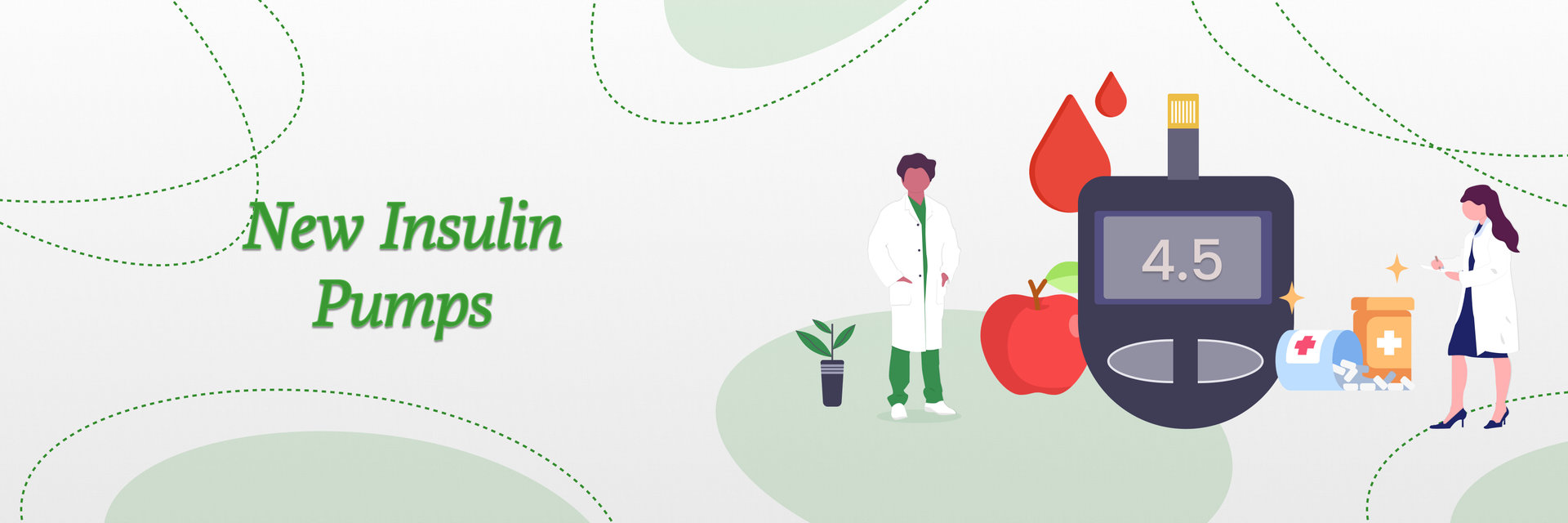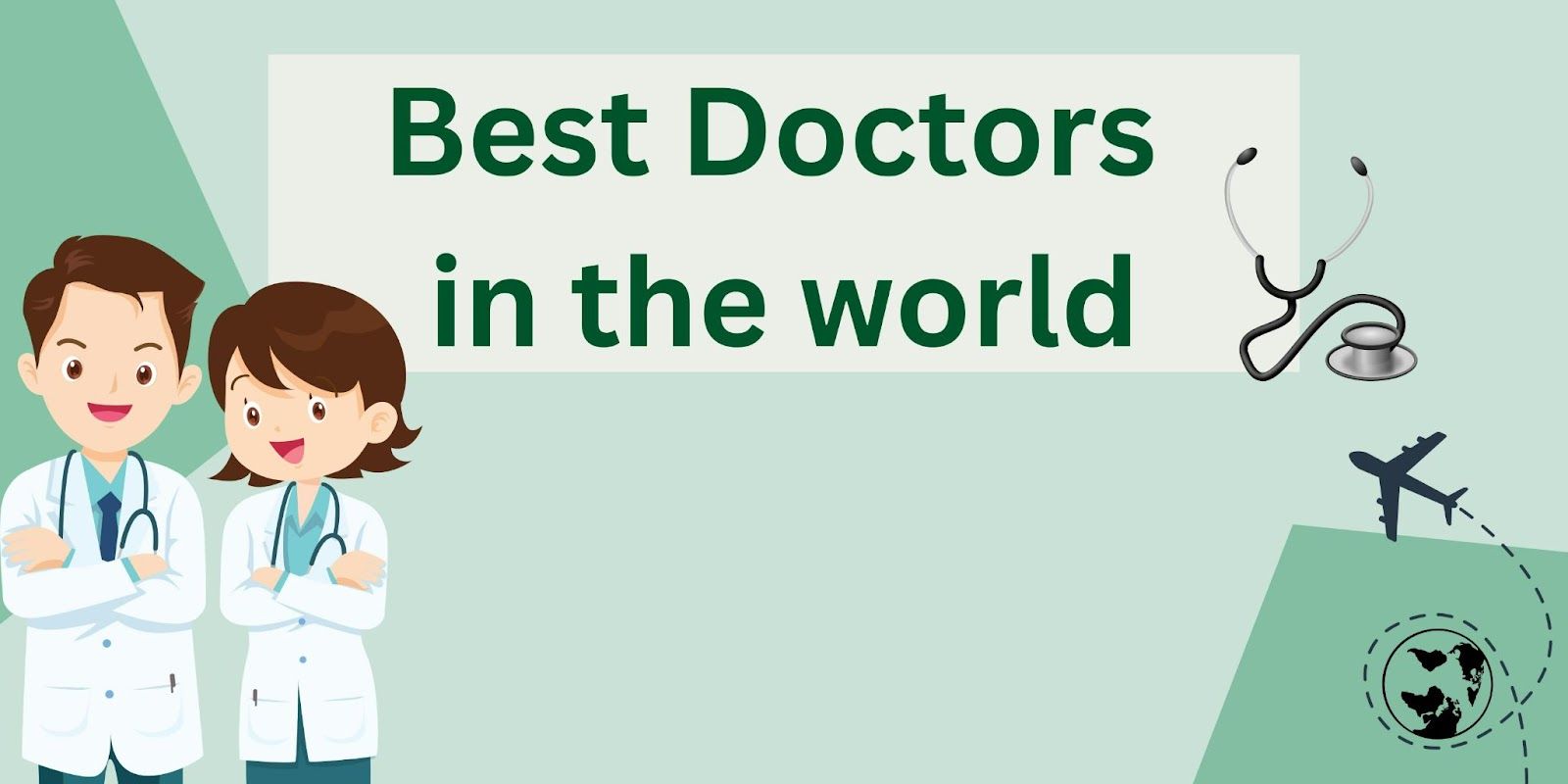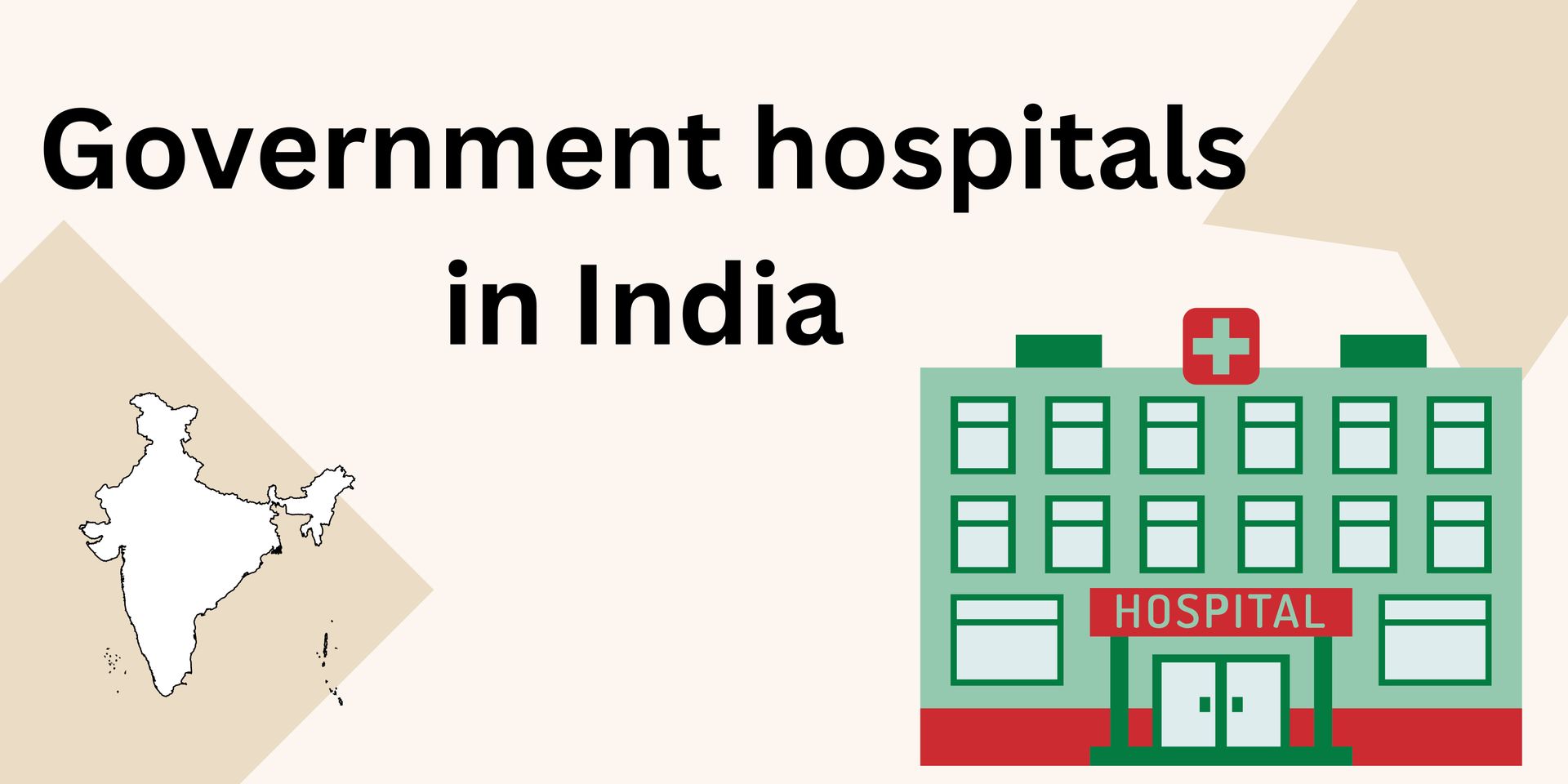Overview
Healthcare facilities worldwide generate massive amounts of medical waste daily, yet most people remain unaware of the complexities involved in managing these potentially dangerous materials. Behind the scenes of our hospitals, clinics, and research facilities lies an intricate system designed to protect both public health and the environment.
The Staggering Scale of the Problem
Most people vastly underestimate the sheer volume of medical waste produced globally. Healthcare facilities generate approximately 5.9 million tons of waste annually in the United States alone. The average hospital bed generates around 33 pounds of waste per day, with a typical patient visit creating about 2 pounds of waste.
What many fail to realize is that medical waste extends far beyond hospitals. Dental offices, veterinary clinics, tattoo parlors, home healthcare services, and even funeral homes contribute significantly to the medical waste stream. This waste includes everything from used syringes and pharmaceutical containers to diagnostic test kits and personal protective equipment.
Not All Medical Waste Is Created Equal
Perhaps one of the most misunderstood aspects of medical waste management is the classification system. Medical waste isn't simply categorized as "hazardous" or "non-hazardous." There are multiple categories including pathological waste (tissues, organs), pharmaceutical waste (expired medications), sharps waste (needles, scalpels), genotoxic waste (cancer treatment materials), radioactive waste (radiotherapy materials), and general healthcare waste.
Each category requires specific handling, treatment, and disposal methods to ensure safety. For instance, pathological waste often requires incineration at high temperatures, while pharmaceutical waste might need chemical treatment before disposal.
The Environmental Impact Runs Deeper Than Expected
While the health risks of improper medical waste disposal are somewhat recognized, the environmental impact remains underappreciated. Medical waste incineration, when not properly controlled, releases harmful substances into the air including dioxins, furans, and heavy metals. These pollutants can travel long distances and accumulate in the food chain.
Additionally, medical waste in landfills can leach into groundwater, affecting water supplies and ecosystems. Pharmaceuticals flushed down drains can enter waterways, contributing to antibiotic resistance and affecting aquatic life. Microplastics from medical devices and packaging add to the growing plastic pollution crisis.
The Hidden Financial Burden
The financial aspect of medical waste management rarely enters public discourse, yet it significantly impacts healthcare costs. Hospitals spend between $44,000 and $85,000 annually on regulated medical waste disposal, with the cost per ton ranging from $300 to $1,000, compared to about $50 per ton for regular trash.
These costs ultimately factor into healthcare pricing, affecting insurance premiums and patient bills. What's more surprising is that studies suggest up to 85% of hospital waste classified and treated as regulated medical waste could actually be handled as regular waste, indicating potential for substantial cost savings through proper waste segregation.
Technology Is Changing the Game
Few people realize how technology is revolutionizing medical waste management. Modern alternatives to incineration include autoclaving (steam sterilization), microwave treatment, chemical disinfection, and plasma gasification. These methods often have lower environmental impacts while achieving the same safety standards.
Waste tracking systems using RFID and blockchain technology now allow for cradle-to-grave monitoring of medical waste. This technology ensures regulatory compliance and prevents illegal dumping. Meanwhile, AI-powered waste sorting systems can automatically identify and separate different types of medical waste, improving efficiency and reducing human contact with potentially infectious materials.
The Global Inequality in Medical Waste Management
A troubling reality that receives little attention is the stark global inequality in medical waste management capabilities. While developed countries have sophisticated systems for handling medical waste, many developing nations lack basic infrastructure. The WHO estimates that only 58% of facilities in developing countries have appropriate systems for disposing of healthcare waste.
This disparity leads to dangerous practices like open burning of medical waste, unregulated dumping, or reuse of single-use items. During health crises like the COVID-19 pandemic, these inadequacies became even more pronounced as waste volumes surged beyond management capabilities in many regions.
The Unexpected Waste of Pharmaceutical Products
The pharmaceutical waste stream harbors several surprising aspects. Unused or expired medications constitute a significant portion of pharmaceutical waste, with an estimated 30-40% of medications never consumed. Hospital pharmacies dispose of approximately $800 million worth of unused medications annually.
Few realize that many pharmaceuticals cannot simply be thrown away or flushed down toilets due to their potential environmental impact. Some require specific neutralization procedures or must be returned to manufacturers. The complexity of managing pharmaceutical waste has led to specialized take-back programs and disposal initiatives.
The Regulatory Maze
Medical waste management operates within a complex regulatory framework that varies significantly by location. In the United States alone, medical waste is governed by multiple agencies including the EPA, FDA, DOT, OSHA, and state environmental departments. This regulatory patchwork creates compliance challenges for healthcare facilities operating across different jurisdictions.
International regulations add another layer of complexity, especially for waste that crosses borders. The Basel Convention governs transboundary movements of hazardous wastes, including certain medical wastes, requiring extensive documentation and approvals.
The Human Factor in Waste Management
Perhaps the most overlooked aspect of medical waste management is the human element. Healthcare workers make countless daily decisions about waste segregation that impact both safety and costs. Studies show that inadequate training leads to improper waste segregation, with up to 70% of non-hazardous waste incorrectly placed in regulated medical waste containers in some facilities.
The psychological burden on waste management workers also receives little attention. These essential workers face stigma despite performing crucial public health functions. During pandemics, they encounter increased risks and workloads while often remaining invisible to public recognition.
The Path Forward: Sustainability in Healthcare Waste
The healthcare sector is increasingly embracing sustainability in waste management. Initiatives include switching to reusable items where appropriate, implementing waste minimization programs, and adopting environmentally preferable purchasing policies. Some hospitals now compost food waste and recycle non-hazardous materials like paper, plastic, metal, and glass.
Innovative approaches include repurposing medical materials that would otherwise become waste. For example, some organizations sterilize and repurpose single-use devices, while others donate unused medical supplies to facilities in need.
The reality of medical waste management extends far beyond what most people realize. It involves complex systems, significant resources, and critical decisions that impact public health, environmental quality, and healthcare economics. As healthcare needs grow globally, so too will the challenges of managing the waste it produces. Understanding these hidden aspects is the first step toward developing more sustainable, equitable, and effective solutions for this essential but often overlooked component of healthcare.







